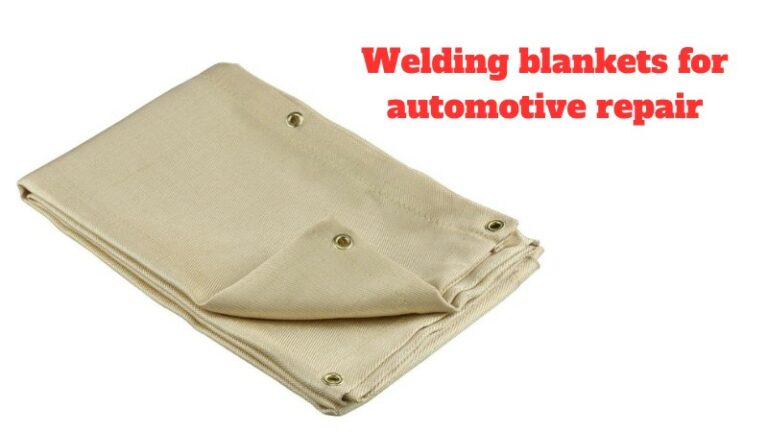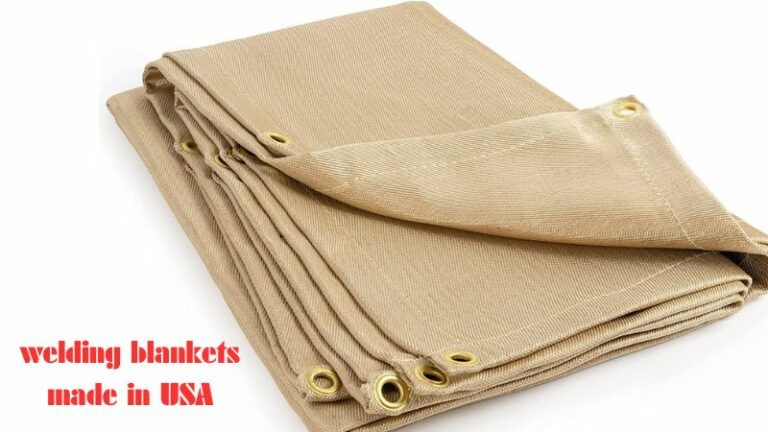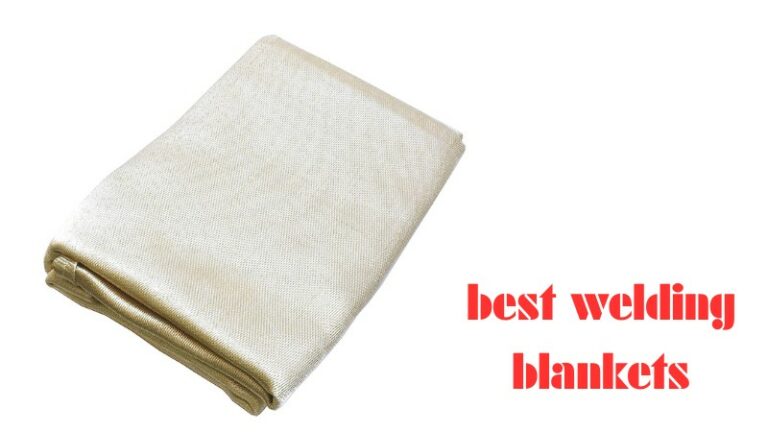different welding blankets
Today we will discuss different welding blankets. Welding is an essential process in various manufacturing industries like automobile, construction, and aerospace. However, the process can be hazardous if proper safety precautions are not taken. One such precaution is the use of welding blankets.
Welding blankets are heat-resistant materials that protect workers, equipment, and surrounding surfaces from burns, sparks, and splatter during welding. In this article, we will discuss different types of welding blankets available in the market to help you choose the right one for your welding needs.
different welding blankets
Table of Contents
- Introduction to Welding Blankets
- Types of Welding Blankets
- Fiberglass Welding Blanket
- Silica Welding Blanket
- Ceramic Fiber Welding Blanket
- Vermiculite Coated Welding Blanket
- Carbon Fiber Welding Blanket
- Asbestos Welding Blanket
- Leather Welding Blanket
- Aluminized Welding Blanket
- Neoprene Welding Blanket
- PVC Welding Blanket
- Factors to Consider When Choosing a Welding Blanket
- Conclusion
- FAQs
Introduction to Welding Blankets
Welding blankets are made of various materials that have high-temperature resistance and durability. They are used to cover welding workpieces, machinery, and personnel during welding operations to prevent accidents and damage from welding spatter. Most welding blankets come in standard sizes of 6 feet by 8 feet and 8 feet by 10 feet, but custom sizes are also available.
Types of Welding Blankets
Fiberglass Welding Blanket
Fiberglass welding blankets are a popular choice due to their low cost and high-performance level. They are made of woven silica fibers coated with vermiculite or acrylic latex. They can withstand temperatures up to 1000 degrees Fahrenheit and protect against sparks, spatter, and slag.
Silica Welding Blanket
Silica welding blankets are made of amorphous silica fibers and can withstand temperatures up to 1800 degrees Fahrenheit. They are flexible, lightweight, and have excellent thermal insulation properties. They are best for high-temperature applications like aerospace, nuclear, and petrochemical industries.
Ceramic Fiber Welding Blanket
Ceramic fiber welding blankets are made of alumina-silica ceramic fibers and can withstand temperatures up to 2300 degrees Fahrenheit. They are lightweight and flexible, making them ideal for confined spaces and irregular surfaces. They provide excellent thermal insulation and resistance to chemical erosion.
Vermiculite Coated Welding Blanket
Vermiculite-coated welding blankets are made of fiberglass and coated with vermiculite, a natural mineral that expands when heated. The coating provides additional protection against welding spatter, sparks, and weld splatter. They can withstand temperatures up to 1000 degrees Fahrenheit.
Carbon Fiber Welding Blanket
Carbon fiber welding blankets are made of heat-resistant carbon fibers and can withstand temperatures up to 3000 degrees Fahrenheit. They are lightweight, durable, and flexible, making them ideal for high-temperature applications like furnace linings, kilns, and ovens.
Asbestos Welding Blanket
Asbestos welding blankets were commonly used in the past but are no longer recommended due to health concerns associated with asbestos exposure. They are still available in some markets but should be avoided due to their hazardous nature.
Leather Welding Blanket
Leather welding blankets are made of treated leather hides and can withstand temperatures up to 1000 degrees Fahrenheit. They are best suited for small welding applications like gas welding and soldering.
Aluminized Welding Blanket
Aluminized welding blankets are made of fiberglass or silica cloth coated with aluminum foil. They can withstand temperatures up to 3000 degrees Fahrenheit and provide excellent thermal insulation. They are best suited for high-temperature welding applications like foundries, refineries, and steel mills.
Neoprene Welding Blanket
Neoprene welding blankets are made of synthetic rubber and can withstand temperatures up to 400 degrees Fahrenheit. They are flexible, durable, and resistant to acids, alkalis, and oils. They are ideal for small welding applications like gas welding and soldering.
PVC Welding Blanket
PVC welding blankets are made of polyvinyl chloride and can withstand temperatures up to 170 degrees Fahrenheit. They are lightweight, flexible, and resistant to chemicals, acids, and abrasion. They are best suited for low-temperature welding applications like plastic welding and sheet metal fabrication.
Factors to Consider When Choosing a Welding Blanket
- Temperature resistance
- Size and shape
- Durability
- Flexibility
- Chemical resistance
- Weight and portability
It is essential to choose the right welding blanket based on your specific welding needs to ensure maximum protection and safety.
FAQs
A welding blanket is necessary to protect workers, equipment, and surrounding surfaces from burns, sparks, and splatter during welding operations.
There are various types of welding blankets, including fiberglass, silica, ceramic fiber, vermiculite coated, carbon fiber, asbestos (no longer recommended), leather, aluminized, neoprene, and PVC.
When choosing a welding blanket, you should consider factors like temperature resistance, size and shape, durability, flexibility, chemical resistance, and weight and portability.
final words
Welding blankets are a crucial safety measure in welding operations as they protect workers, equipment, and surrounding surfaces from burns, sparks, and splatter. There are different types of welding blankets available in the market, including fiberglass, silica, ceramic fiber, vermiculite coated, carbon fiber, asbestos (no longer recommended), leather, aluminized, neoprene, and PVC.
When choosing a welding blanket, it is essential to consider factors like temperature resistance, size and shape, durability, flexibility, chemical resistance, and weight and portability. By selecting the right welding blanket for your specific needs, you can ensure maximum protection and safety during welding operations


